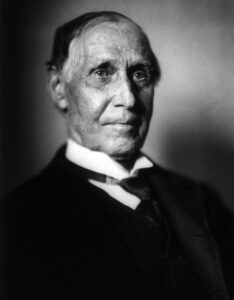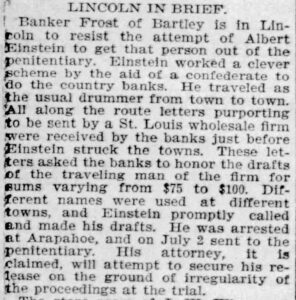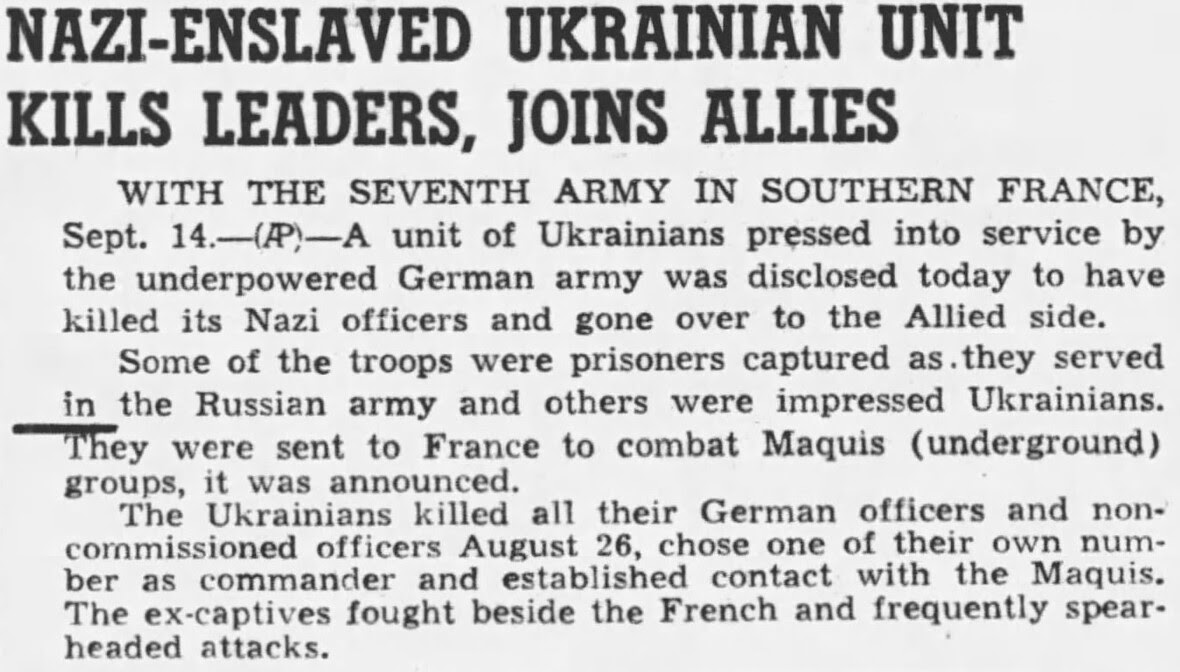
17 May ANCESTORS- Newsletter- May 20, 2023
Contents
- 1 ANCESTORS- DARIEN GAP HAS BEEN IN THE NEWS LATELY
- 2 ANCESTORS- UNTIL WE VISITED HUNTSVILLE, ALABAMA’S “BURRITT ON THE MOUNTAIN”, WE HAD NEVER HEARD OF A ROSENWALD SCHOOL
- 3 ANCESTORS- IN OUR CONTINUING SERIES ABOUT ANOTHER WEALTHY PERSON YOU PROBABLY NEVER KNEW EXISTED
- 4 ANCESTORS- WE VISITED NEW ECHOTA AND LEARNED ABOUT THE CHEROKEE PHOENIX
- 5 ANCESTORS- YOU COULD DESCEND FROM THE ANOTHER SLIGHTLY LESS CLEVER ALBERT EINSTEIN WHO LIVED IN NEBRASKA
 ANCESTORS- DARIEN GAP HAS BEEN IN THE NEWS LATELY
ANCESTORS- DARIEN GAP HAS BEEN IN THE NEWS LATELY
We all know Teddy Roosevelt led the building of the Panama Canal. However, I bet you didn’t know that his Great-Great Grandfather had been there 200 years earlier as part of the Darien Scheme. Teddy may have wondered where are my ancestors from?
The Darien scheme was an unsuccessful attempt, backed largely by investors of the Kingdom of Scotland, to gain wealth and influence by establishing New Caledonia, a colony in the Darién Gap on the Isthmus of Panama, in the late 1690s. The plan was for the colony, located on the Gulf of Darién, to establish and manage an overland route to connect the Pacific and Atlantic oceans. The backers knew that the first sighting of the Pacific Ocean by Balboa was after crossing the isthmus through Darién.

 ANCESTORS- UNTIL WE VISITED HUNTSVILLE, ALABAMA’S “BURRITT ON THE MOUNTAIN”, WE HAD NEVER HEARD OF A ROSENWALD SCHOOL
ANCESTORS- UNTIL WE VISITED HUNTSVILLE, ALABAMA’S “BURRITT ON THE MOUNTAIN”, WE HAD NEVER HEARD OF A ROSENWALD SCHOOL
The Rosenwald School project built more than 5,000 schools, shops, and teacher homes in the United States primarily for the education of African-American children in the South during the early 20th century. The project was the product of the partnership of Julius Rosenwald, a Jewish-American clothier who became part-owner and president of Sears, Roebuck, and Company, and the African-American leader, educator, and philanthropist Booker T. Washington, who was president of the Tuskegee Institute (shown below).
The need arose from the chronic underfunding of public education for African-American children in the South, as black people had been discriminated against at the turn of the century and excluded from the political system in that region. As a result, children were required to attend segregated schools, even those that did not exist in many places.
Rosenwald was the founder of the Rosenwald Fund. He contributed seed money for many schools and other philanthropic causes. To encourage local commitment to these projects, he conditioned the Fund’s support on the local communities’ raising of matching funds. To promote collaboration between black and white people, Rosenwald required communities to commit public funds and/or labor to the schools and contribute additional cash donations after construction. With the program, millions of dollars were raised by African-American rural communities across the South to fund better education for their children, and white school boards had to agree to operate and maintain the schools. Despite this program, by the mid-1930s, white schools in the South were worth more than five times per student than black schools’ (in majority-black Mississippi, this ratio was more than 13 to one). Maybe your ancestors, were sitting behind the desk at the Rosenwald School.
Rosenwald Schools | National Trust for Historic Preservation (savingplaces.org)
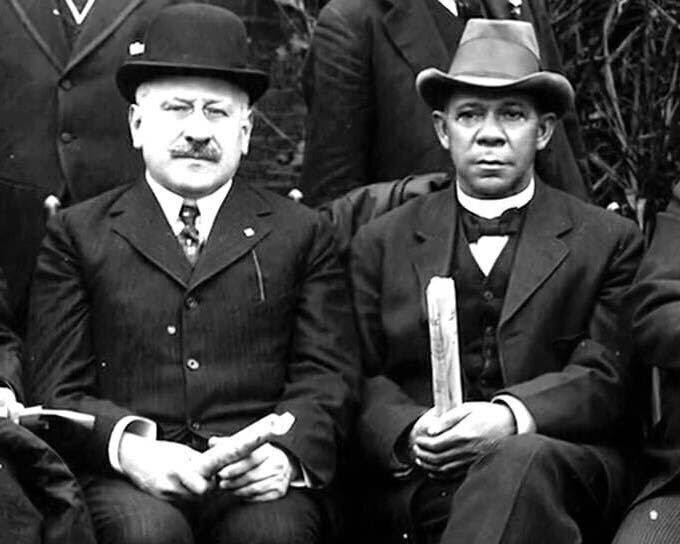
 ANCESTORS- IN OUR CONTINUING SERIES ABOUT ANOTHER WEALTHY PERSON YOU PROBABLY NEVER KNEW EXISTED
ANCESTORS- IN OUR CONTINUING SERIES ABOUT ANOTHER WEALTHY PERSON YOU PROBABLY NEVER KNEW EXISTED
Russell Risley Sage (August 4, 1816 – July 22, 1906) was an American financier, railroad executive, and Whig politician from New York. As a frequent partner of Jay Gould in various transactions, he amassed a fortune. Olivia Slocum Sage, his second wife, inherited his fortune, which was unrestricted for her use. She used the money for philanthropic purposes in his name, endowing several buildings and institutions to benefit women’s education: she established the Russell Sage Foundation in 1907. In addition, she founded the Russell Sage College for women in 1916.
In 1841, Sage was elected as an alderman in Troy. He was re-elected to this office in 1848 while serving for seven years as treasurer of Rensselaer County. He was elected to the U.S. House of Representatives as a Whig and served, with re-election, as an Oppositionist, from March 4, 1853, until March 3, 1857. He served on the Ways and Means Committee. Sage was the first person to advocate in Congress for the purchase of George Washington’s plantation, Mount Vernon, by the government.
After retiring from politics, Sage settled in New York City, where he sold puts and calls, as well as short-term options known as privileges. He has been credited with developing the market for stock options in the United States and inventing the “spread” and “straddle” option strategies, for which he was dubbed “Old Straddle” and the “Father of Puts and Calls.” He used the options to synthesize loans at a higher interest rate than state usury laws allowed, for which he was convicted in 1869 and fined $500, with a suspended jail sentence.
Sage bought a seat on the New York Stock Exchange in 1874 and became known as a financier. At the same time, he saw the future of railroads and secured stocks in western roads, notably the Chicago, Milwaukee, and St. Paul Railway. He was president and vice president for twelve years. He became wealthy by selling such investments, as major trunk-lines bought the smaller roads. In his later years, he was closely associated with Jay Gould in the management of the Wabash Railway, St. Louis and Pacific, Missouri Pacific Railroad, Missouri-Kansas-Texas Railroad, Delaware, Lackawanna and Western Railroad, and the St. Louis – San Francisco Railway, for which he was director of the corporations. He also served as director for the American cable company, the Western Union telegraph company, and the Manhattan consolidated system of elevated railroads in New York City. In addition, he was a director of the Union Pacific Railroad, which was part of constructing the transcontinental railroad. He made a fortune with other major investors (and railroad pioneers of the nineteenth century). He was a director and vice-president in the Importers and Traders’ National Bank for twenty years and a director in the Merchants’ Trust Company and the Fifth Avenue Bank of New York City.
Following the collapse of the Grant & Ward scheme in 1884, Sage faced a run from holders of put options that he had sold. He honored all demands but withdrew from the sale of options soon afterward.
In 1891, Henry L. Norcross entered Sage’s office in a six-story 1859 brownstone building at 71 Broadway in Manhattan, claiming he needed to discuss railroad bonds. Norcross gave Sage a letter demanding $1,200,000, which Sage declined to pay. Norcross was carrying a bag of dynamite, which exploded, killing Norcross, wounding Sage, and severely wounding William R. Laidlaw, Jr., a clerk for John Bloodgood and Co. who happened to be in the office. Afterward, Laidlaw sued Sage, alleging he had used him as a shield against Norcross. Disabled for life, Laidlaw aggressively pursued the lawsuits, winning $43,000 in damages after four trials, but a Court of Appeals reversed the award. Sage never paid any settlement and was publicly criticized as a miser because of his great fortune.
Sage was known to have affairs outside marriage both before and after the death of his first wife. The writer Paul Sarnoff suggested in his biography of Sage that he may have remarried for appearance’s sake and may never have consummated his second marriage. Sage was reported to have had a child by a young chambermaid.
Sage was a member of East Presbyterian Church on West 42nd Street between Fifth and Sixth Avenue, which later merged with Park Presbyterian to form West-Park Presbyterian.
In 1906 Sage died and left his entire fortune of about $70 million to his wife, Olivia Slocum Sage (1828–1918). He was buried in a mausoleum at Oakwood Cemetery in Troy, New York. The mausoleum is of a Greek style and is intentionally unnamed. To the memorial’s left is a bench containing a relief of Medusa on the center of the back, complete with snakes as hair. So you wonder, where are my ancestors buried?

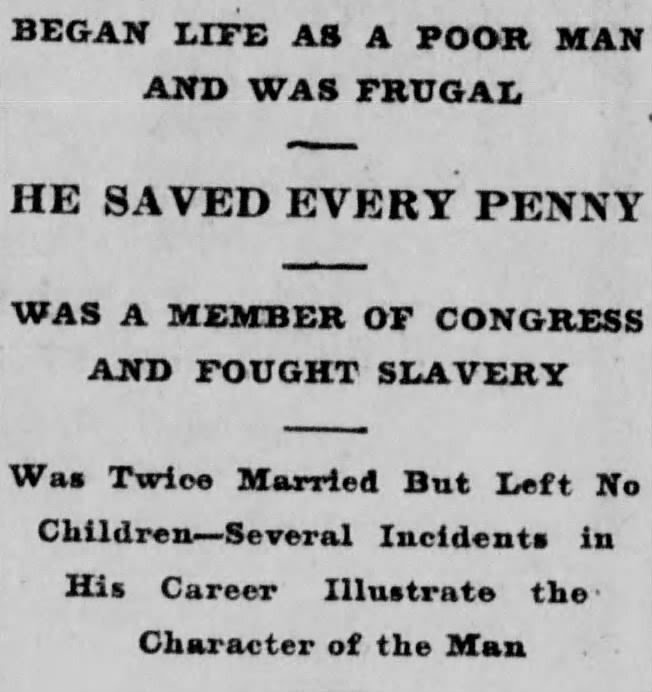

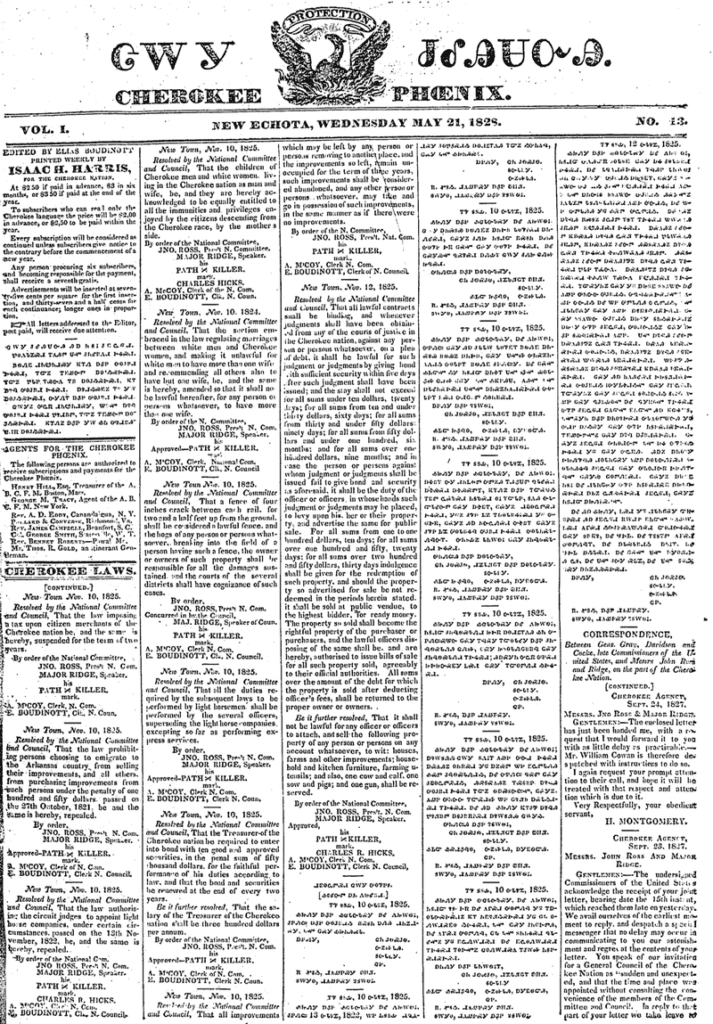
ANCESTORS- WE VISITED NEW ECHOTA AND LEARNED ABOUT THE CHEROKEE PHOENIX
The Cherokee Phoenix (Cherokee: ᏣᎳᎩ ᏧᎴᎯᏌᏅᎯ, romanized: Tsalagi Tsulehisanvhi) is the first newspaper published by Native Americans in the United States and the first published in a Native American language. The first issue was published in English and Cherokee on February 21, 1828, in New Echota, the capital of the Cherokee Nation (present-day Georgia). The paper continued until 1834. The Cherokee Phoenix was revived in the 20th century, and today it publishes both print and Internet versions.
We also learned about Pig (through Baltimore) and Turkey Drives, which somehow were not capturing our imagination like cattle drives.
Cherokee Nation Home::Cherokee Nation Website
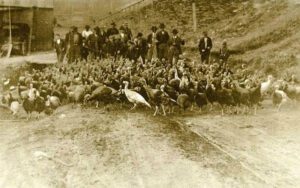
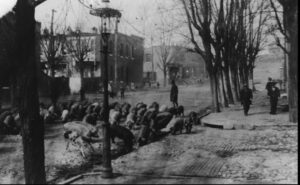

 ANCESTORS- YOU COULD DESCEND FROM THE ANOTHER SLIGHTLY LESS CLEVER ALBERT EINSTEIN WHO LIVED IN NEBRASKA
ANCESTORS- YOU COULD DESCEND FROM THE ANOTHER SLIGHTLY LESS CLEVER ALBERT EINSTEIN WHO LIVED IN NEBRASKA
Reach out to Dancestors and let us research, discover, and preserve your family history. No one is getting any younger, and stories disappear from memory every year and eventually from our potential ability to find them. Paper gets thrown in the trash; books survive! So do not hesitate and call me @ 214-914-3598. Do not wonder, where are my ancestors?
Here is our last edition: https://dancestorsgenealogy.com/genealogy-is-fun0-newsletter-may-6-2023/
Read more about Herbert Hoover: https://en.wikipedia.org/wiki/Herbert_Hoover


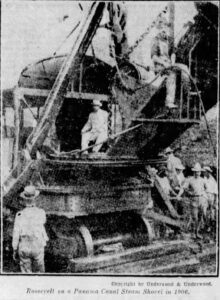

 ANCESTORS- UNTIL WE VISITED HUNTSVILLE, ALABAMA’S “BURRITT ON THE MOUNTAIN”, WE HAD NEVER HEARD OF A ROSENWALD SCHOOL
ANCESTORS- UNTIL WE VISITED HUNTSVILLE, ALABAMA’S “BURRITT ON THE MOUNTAIN”, WE HAD NEVER HEARD OF A ROSENWALD SCHOOL